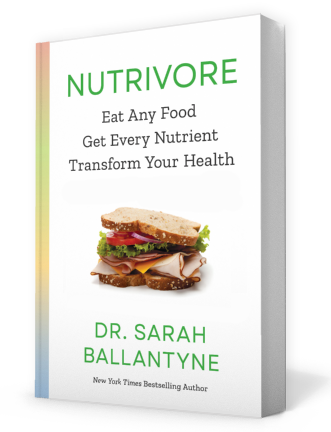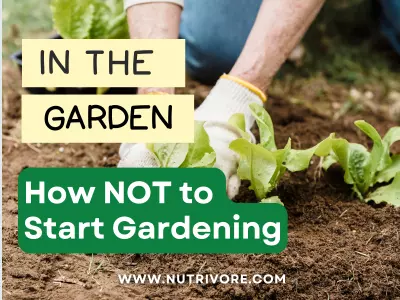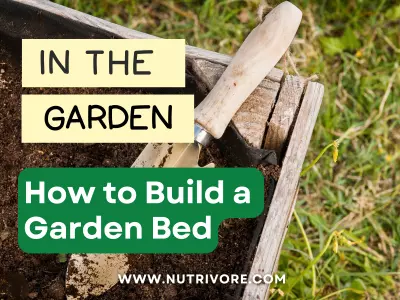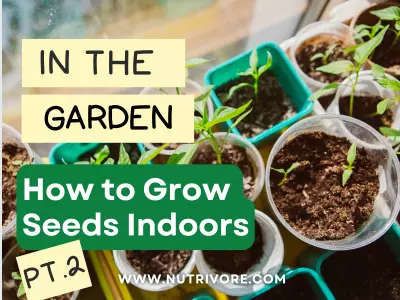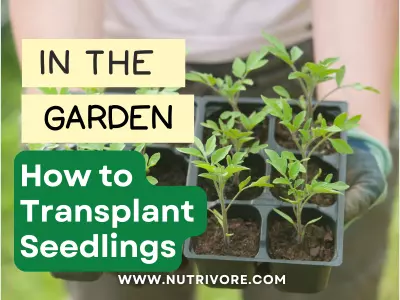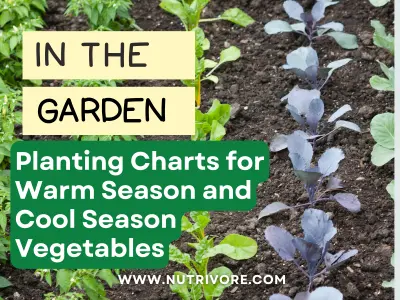Table of Contents[Hide][Show]
Built for Comfort, Made to Grow
Raised beds don’t need to be fancy—just functional and friendly to your back.
Raised beds can be as simple as a 6-inch pile of garden soil and compost, without any frame. Some raised beds use stacked concrete blocks or brick pavestones. My first raised beds, built 20 years ago, used 2 x 4 lumber.
I have reached an age of limited mobility—I can’t work at ground level for hours on end. I need my garden soil raised to a comfortable working height. So, I buy four galvanized steel beds, 4-ft x 4-ft x 2-ft high and assemble them. I position them in the sunniest part of the yard right on top of my sad-looking, weedy lawn on the south of our house. I place them four feet apart so I can comfortably work in the bed on any side and maneuver my wheel barrow between them. I use a level on each side, digging out the soil under the higher corners as needed.
All About That Base
Not all garden bed fillers are created equal—some save money now but cost you in nutrients later.
Having never grown vegetables in two-foot high raised beds, I go online to learn how best to fill them. Hügelkultur fans advise garden soil on top of logs, which makes sense. Logs absorb water and harbor beneficial microbial life and can fill up space at little or no cost, if logs are available. (I don’t have any.) However, as the logs decompose, the soil level will sink and I would need to add more, so I’m not sure that saves money in the long run. As decomposing logs break down carbon, they tie up nitrogen in the soil, the element my vegetables need most of all.
Lasagna gardening folks advise layering cardboard, newspaper, garden scraps, and compost (greens and browns). This method would worsen, not solve the sinking soil issue.
Square Foot gardeners swear by the formula: one part compost (a variety of types), one part vermiculite or perlite and one part coconut coir or peat moss. That sounds great until I calculate just how much product I need—128 cubic feet to fill my four raised beds! I’d need to spend way too much money.
Still others say it doesn’t matter what you put in the bottom foot of a two-foot-high raised bed, all that matters is the top half, so use a good growing medium on top of rocks or gallon-size plastic water bottles. But I want to keep water flowing out and earthworms (and friends) coming in.
Starting From the Bottom
Not all gardening hacks are worth the hype—sometimes less really is more.
I first put a piece of quarter-inch hardware cloth under the raised bed. I hope this will prevent the resident moles and voles from tunneling up into my raised bed. If I were building raised beds with boards, I would staple the hardware cloth to the bottom side of the boards. I’m hoping that using a piece of hardware cloth an inch larger than the raised bed on all sides will do the trick.
I don’t need to use cardboard on top of the weedy grass because the filled bed will block out the sun and kill it. Even crabgrass isn’t aggressive enough to grow through 24-inches of soil!
I also avoid using landscape fabric under or around or on top of my raised beds. Over time, the fabric traps sand and debris and becomes impermeable. I want water to drain through my beds—roots don’t tolerate soggy bottoms! Landscape fabric, even professional grade, does not prevent weeds. It actually promotes weed growth as seeds settle on top of the fabric and germinate in the wet and warm, ideal environment. Weeds send roots down through the fabric into the soil. Landscape fabric is also hard on soil life as air can’t penetrate through it into the soil.
Soil Matters Most
Good soil grows great gardens—and fewer headaches.
My Master Gardener class includes a field trip to the Food Bank Garden, where interns plant vegetable seeds in 2 ft high wooden raised beds. The garden produces over 2000 lbs of vegetables on average over the growing season–quite the credentials! The beds are filled with garden soil (three parts topsoil mixed with one part compost), delivered to the site by a local landscape supply company. The Master Gardeners always have the soil tested and add organic amendments as needed. Each fall, they plant the beds with red clover, a nitrogen-fixing cover crop. In the spring, they cut the clover without uprooting it and let the stems and leaves lay on top. They top off the beds with a few inches of compost and the beds are ready for planting.
Mixing With Intention
A little prep goes a long way when you feed your soil before it feeds you.
I decide to use the same garden soil, top to bottom, using six cubic yards delivered by a landscape company. Even with a delivery fee, I’m still saving money over buying bags of topsoil and compost from a box store. Plus, I won’t have to mix the soil and compost. After delivery, I get a sample and send it to the county for soil testing, then order the recommended organic soil amendments from a garden shop.
I purchase two cubic foot bags each of biochar and chicken manure compost. I soak the biochar in water and chicken manure for two weeks to charge it before dividing it into four portions and mixing into the top six inches of soil in each bed along with the other recommended amendments.
The Finishing Touches
Level it, seed it, and let the cover crop do its magic.
After filling the beds to the top, I stand a 2 X 4 board across the top edges of steel bed and pull it across to level out the soil just like leveling flour with a knife across the top of a measuring cup. I buy a pint of red clover seed at the garden store and broadcast them over the garden soil. The cover crop comes up quickly showing off their St. Patrick green.
I expect some shrinkage each year as the compost settles and soil is removed with harvested plants, but I can top it off each year with a few inches of compost.
Looking Ahead
A garden is more than soil—it’s a vision of what’s to come.
I look out my kitchen window at my waiting garden and dream of spring.
Gardening Tips
If you’re looking for more gardening tips check out these posts!


